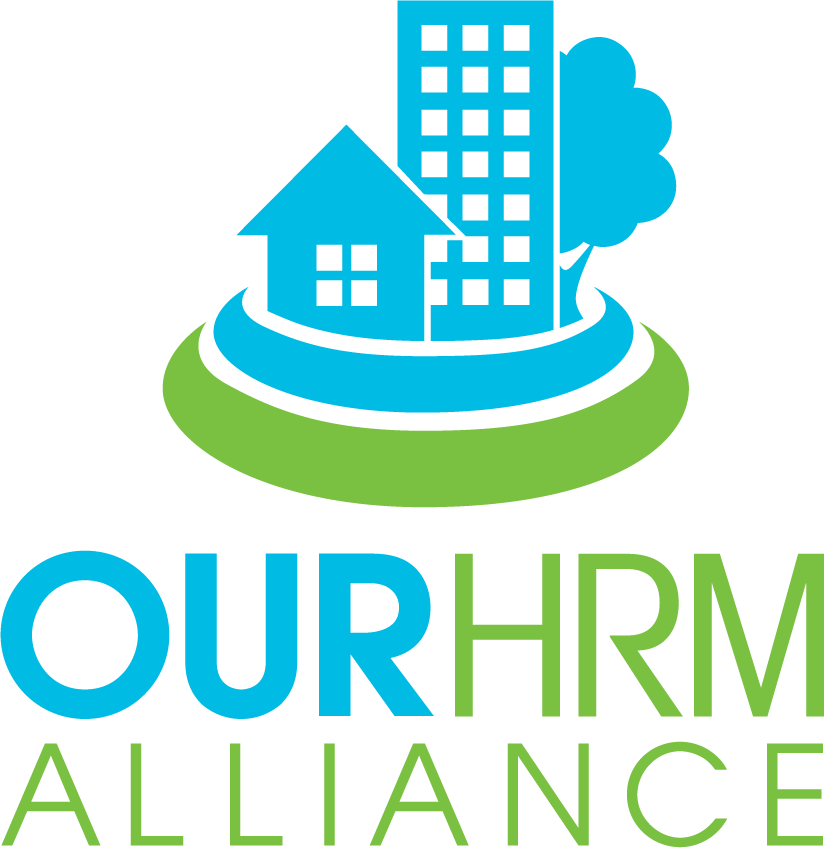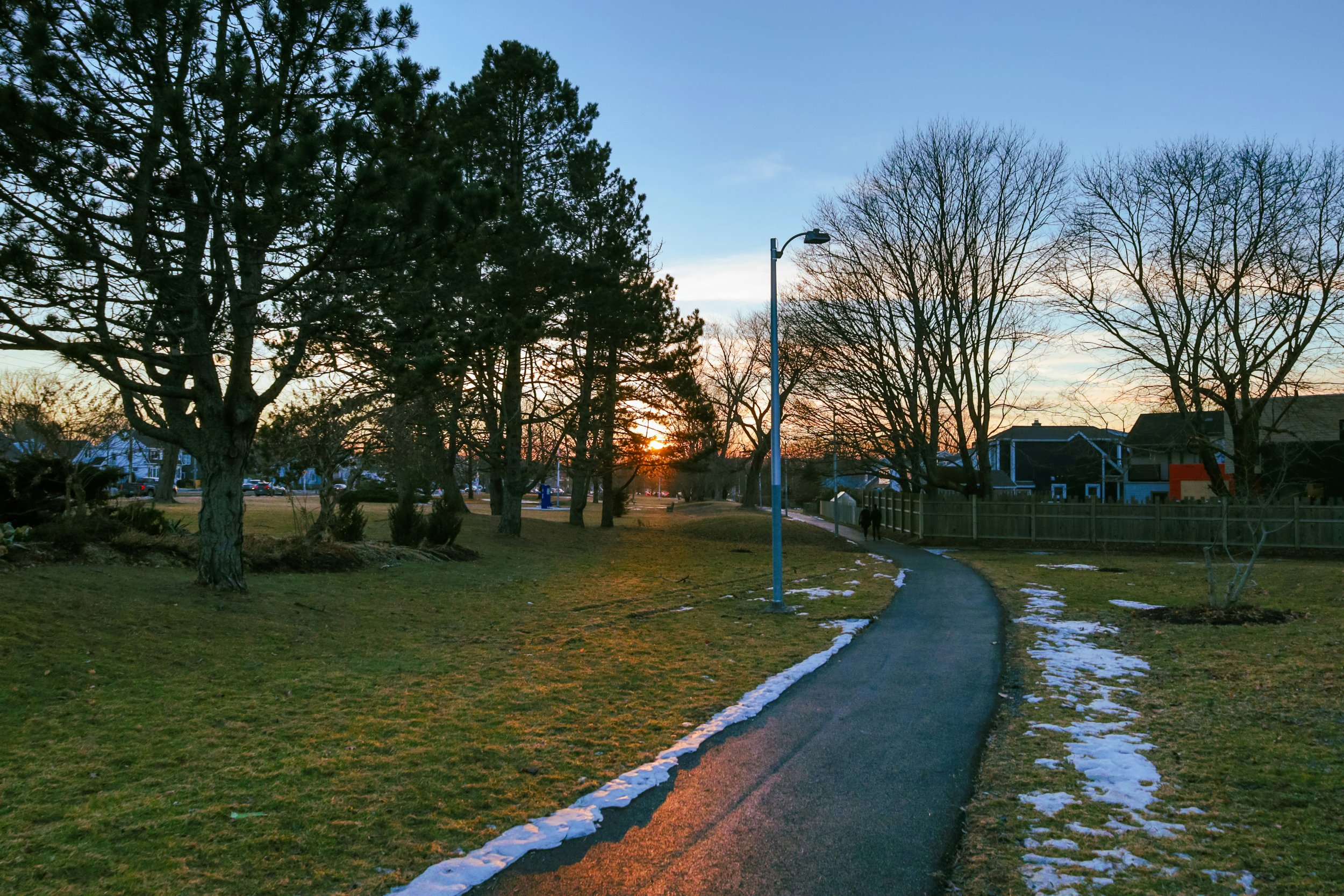

For a Liveable and Sustainable HRM
Our Seven Solutions
Our Seven Solutions
Our HRM Alliance has developed seven recommended solutions that should be considered as a whole. If we are to achieve true sustainability, these solutions should be implemented in a coordinated fashion. With the second review of the Regional Municipal Planning Strategy, Our HRM Alliance is asking Council to prioritize the seven solutions, all of which fall within the scope of the review approved by Council. The actions have since been built upon to reflect progress, evolving issues, and the current scope of the Regional Plan review yet remain true to their focus developed in 2011.
Protect the Green Network to preserve natural areas and ecosystem services that are part of a livable city.
Do the hard work to incorporate the Halifax Green Network Plan into the Regional Plan during the review so that appropriate legislation and land use designations are governing growth and development.
Places utilizing this solution
Victoria, BC, Province of Quebec in Montreal and Quebec City, Ottawa, Ontario as well as England, Germany, Poland, Denmark, Brazil, and many more, internationally.
Refine and invest in growth centres: to put growth where it makes the most sense.
Increasing density and affordable living options in already-serviced areas makes use of existing infrastructure and benefits existing neighbourhoods. Investing in downtowns and town centres creates more liveable, walkable neighbourhoods where people live, work and play and where the arts and business communities can flourish.
Invest in housing, transit, and access to nature: to build complete communities downtown and in growth centres.
Properly define aging in place and create policy better enabling aging in place in the Regional Plan.
Utilize bonus zoning across the municipality to build affordable housing.
Follow the HGNP to create and measure targets for access to nature.
Quick Facts
In 2020, CMHC's Rental Market Report found Halifax's vacancy rate to be 1%. The average for all census metropolitan areas across Canada was 3.2%.
A 2019 Urban Politics and Government study found that short-term rentals had removed 740 housing units from the market.
Nature can be a tool to minimize income-based health disparities
HRM committed to creating and monitoring targets under the HGNP. These targets have yet to be publicly established or monitored.
Adhere to Regional growth targets: to balance rural, suburban and urban settlement growth.
Take immediate action to balance inconsistencies with the Regional Plan settlement targets using annual updates of growth data including a breakdown of settlement types.
Quick Facts
Stantec Inc found that HRM could save 3-billion over 18 years by better concentrating growth
The Halifax Housing Needs Assessment notes that interest in residential development has shifted towards urban communities, but that "planning applications suggest that significant development is still occurring in the commuter areas"
HRM did not meet the one hard target set in the Regional Plan as of the 5-year review: a breakdown of residential growth
Act on Climate
If followed, the first 10-years of actions planned in HalifACT will result in 9,000 person-years of employment (full-time jobs)
Buildings accounted for approximately 70% of total energy use in Halifax in 2016, and 77% of total emissions
Quick Facts
HRM currently has over 35 growth centres in the Regional Plan
Multiple Regional growth centres directly overlap with important ecological areas identified in the Halifax Green Network Plan
Urban and complete communities have been proven to put the lowest burden on HRM (Stantec, Quantifying the Costs and Benefits of Alternative Growth Scenarios)
Higher urban densities mean lower per capita fuel use
In a study of 21 municipalities, HRM was found to have one of the lowest rates in infrastructure charges
Quick Facts
Quick Facts
Growth funds itself: evaluate development charges to ensure the Municipality is not burdened by growth.
The infrastructure required to support development in established neighbourhoods and urban areas costs HRM considerably less. Development should be required to pay for its own infrastructure to incentivize growth in existing communities, where it will support local business and cost tax payers the least.
Density should be achieved using low-impact development that avoids the destruction of sensitive ecosystems. HRM has the tools to define a minimum density for development and promote infill on opportunity sites.
Increasing density and affordable living options in already-serviced areas makes use of existing infrastructure and benefits existing neighbourhoods. Investing in downtowns and town centres creates more liveable, walkable neighbourhoods where people live, work and play and where the arts and business communities can flourish.
Provide actionable engagement and measure success
Planning and governance systems are complex and not easily accessible. These systems have been used to create barriers for marginalized communities. In order to realize the solutions in this book, significant, meaningful, and actionable consultation must be created, specifically focusing on communities facing historic and continued barriers.
We also ask HRM to commit to measuring successes and deficiencies of actions identified in the Regional Municipal Planning Strategy.
History of the Seven Solutions
The Seven Solutions were first released by the original 34 members of Our HRM Alliance in October 2011, led at the time by Our HRM Alliance Coordinator, Jen Powley. Jen who passed away in September, 2023 is fondly remembered for her amazing contribution. The seven recommendations were developed to address HRM's needs at the time of the 5-year review of the Regional Plan. Many of the initial solutions were adopted during the 5-year Regional Plan review while many continue to need inclusion in the new Regional Plan currently under review.
The actions have since been built upon to reflect progress, evolving issues, and the current scope of the Regional Plan review yet remain true to their focus developed in 2011.
















